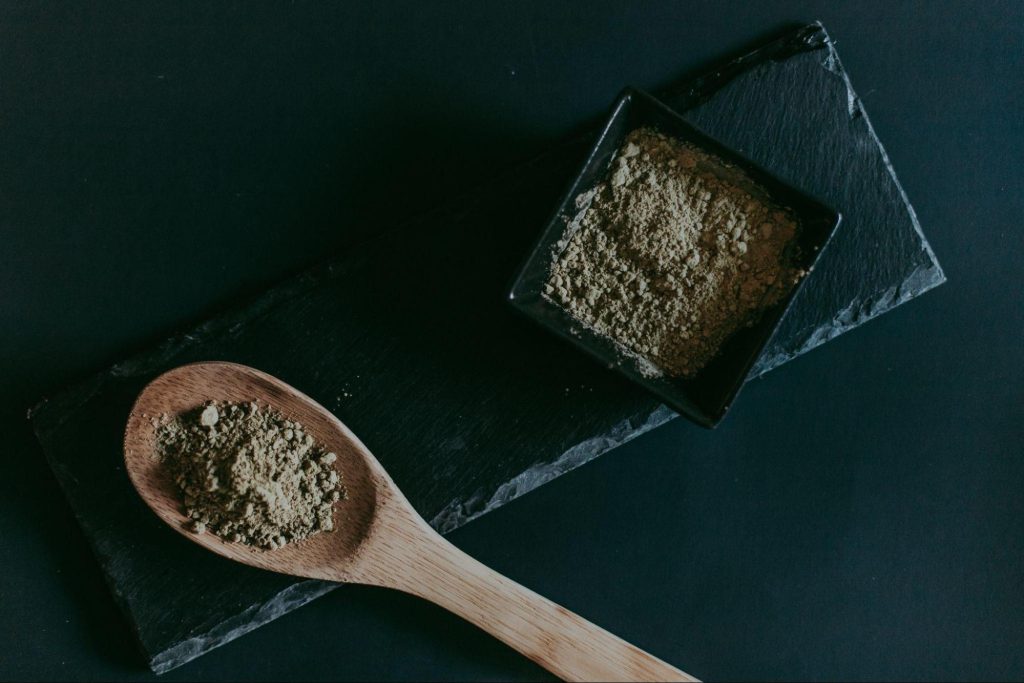
Different ways that Kratom is traditionally used
Southeast Asians have been using the herb kratom for millenniums. Its energising and analgesic properties are well recognized. People have come up with a lot of Kratom uses. The conventional ways of utilizing Kratom from top rated kratom are examined here.
Milling to a powder
One may also dry and grind kratom leaves into a fine powder. To facilitate swallowing, this powder may be used with water or other liquids. To combat the bitter flavour, some individuals would rather combine the powder with juice. For controlling its effects, exact dose measurement is made possible by this approach.
Traditional Foods
Some societies include kratom leaves in their cuisine. They provide both health and nutritional advantages when used in classic recipes. Kratom cooking is still a part of certain areas’ cultural legacy even if it is less frequent now.

Taking Kratom
Though less prevalent, some individuals smoke Kratom leaves. Being less successful than other techniques, this one is less common. Additionally hard on the lungs, smoking kratom is not as popular.
Prepared Extracts
To concentrate its active components, kratom leaves are boiled and then filtered. One may proceed to turn this extract into a tincture or resin. More powerful, these forms permit lower dosages. Though they need to be prepared carefully, extracts are utilized for their greater effects.
Cultural Significance
Southeast Asians have great cultural value for kratom. It has found use in both everyday life and ceremonial rites. It is used, like coffee in the West, as a sociable drink, to increase energy, and to ease pain. Appreciating the cultural legacy and many applications of Kratom is made easier when we are aware of these old techniques.
For millennia, top rated kratom has found several applications. Using fresh leaves for chewing or preparing teas and extracts, these age-old techniques demonstrate the adaptability and cultural significance of this plant. Though there are contemporary Kratom preparations and techniques, the traditional ones provide insight into its long history and the many applications for its health benefits.
